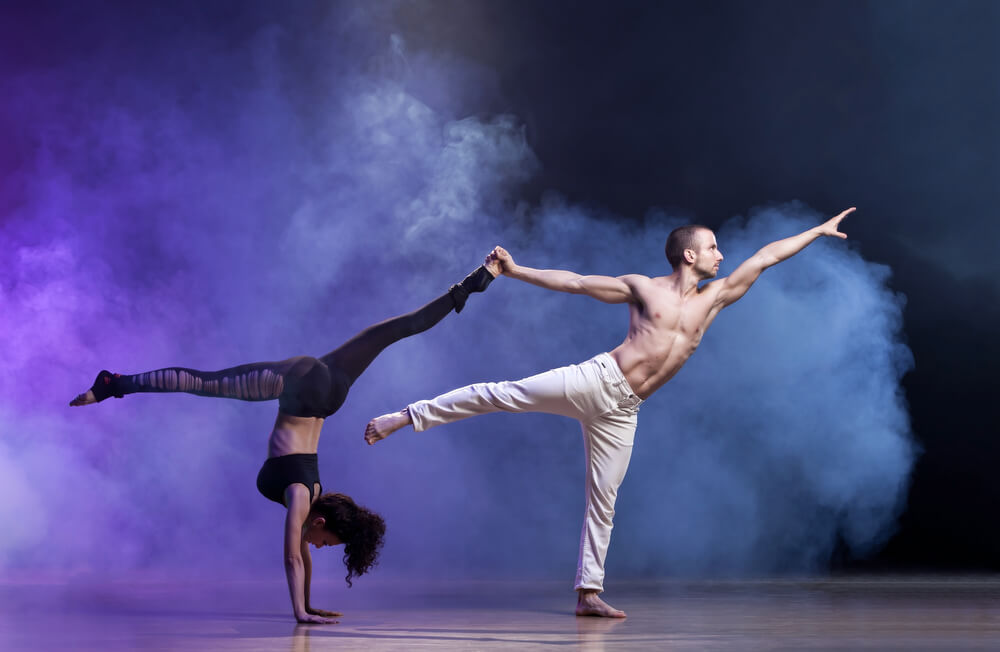If you’re a professional dancer who has been stretching as part of your everyday routine for years, a question like “should you stretch before a dance lesson” can seem ridiculous. However, there are legitimate questions about this practice:
- Cold muscles will cause you to push yourself too hard and injure yourself.
- Pre-stretching prior to physical exercise can result in a slight decrease in muscle strength and power.
The key to avoiding these issues is to stretch properly before each dance lesson, as well as after practice. Here’s what you need to know to warm up and cool down safely and effectively.
Warm-Up Before Dancing
Have you ever snapped a rubber band right after removing it from the freezer? Rubber bands become more stiff and brittle in cold temperatures. The same can be said for your ligaments, tendons, and muscles. When you’ve been inactive for a while, these systems are called “cold.” Even on a hot summer day, the muscles can be cold.
Stretching before dancing helps to loosen up your muscles and prevents you from contracting a muscle during your class. Until each dance class, we recommend dynamic stretching. Stretching by movement, such as moving your arms, rotating your joints in circles, and turning your body from left to right, is involved. A few jumping jacks, jogging in spot, and brisk walking are also effective warm-ups to get the body ready for a dance lesson.
If you feel some tightness or pinching when doing your dynamic stretches and warm-ups, go deeper with static stretching. This is achieved by extending to the limit of your range of motion (ROM) and holding that position for several seconds. Be sure not to overextend yourself when your muscles are cold. Remember that you will be less flexible until your body has warmed up.
Stretch After Dancing, Too!
If you want to improve your overall endurance, use the time your body is warm after a strenuous dance class to push the limits of how far your muscles can already go. Now is the time to practise the splits or hamstring endurance with static stretching.
Approach the limit of your normal range of motion and keep the stretch for a few seconds. Stretch slightly more as your muscles begin to feel at ease in this position. Stretching should never cause discomfort, as this could result in muscle, ligament, or tendon damage.
If static stretching is extremely painful for you, don’t push the body to do it. Instead, do some dynamic stretches to cool down. The most important thing to remember is to listen to your body and do what feels right for you.

